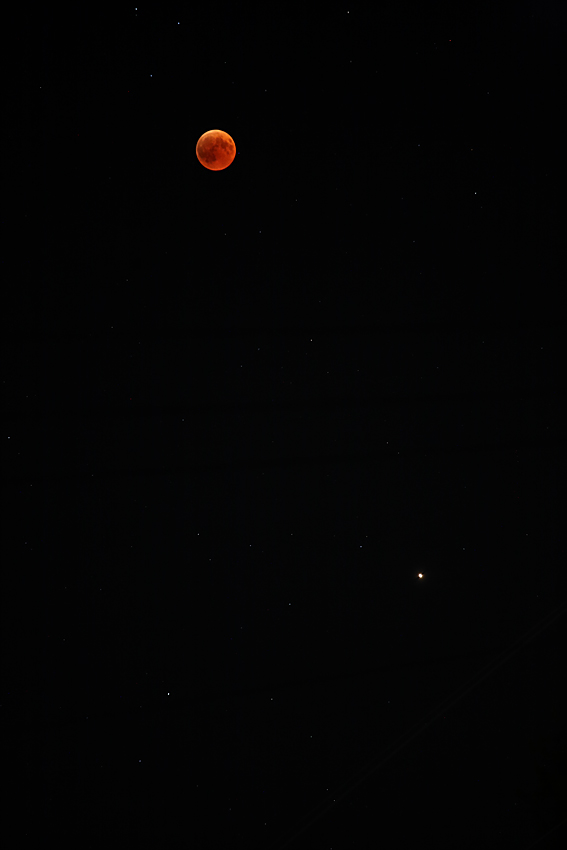
A gathering involving celestial bodies, most predominantly planets, is classified as a conjunction and represents a very
dramatic sight when looking overhead. Planets by their nature are generally the brightest specks of light in the
overhead sky and, therefore, easily stand out on their own. This is especially true when two or more planets are in
proximity to each other ranging from less than a degree to tens of degrees spanning the eastern or western sky.
Strange as it may sound, Mercury is the least observed planet using the naked-eye and this includes professional astronomers
and which is attributed to the planet's close proximity to the Sun. As a result, conjunctions involving Mercury and one
of the other planets is a great means to catching this elusive planet once the sun has yet to rise in the east or has
already set in the west.
Conjunctions are particularly impressive when they involve the most dominant celestial body of the night sky, namely the moon,
and where one can observe a variable juxtaposition between the moon and one or more planets from evening to evening.
Note: The total lunar eclipse of July 27, 2018 was particularly unique due to the fact that totality
lasted for over 100 minutes and represents the longest such eclipse of the 21st century. This is attributable to the fact thst the
Moon was at a distance of over 406,000 km and which is very close to its maximum
apogee
distance from Earth. As an added bonus, the totally eclipsed Moon was captured with Mars in very close proximity (see the bottom
right quadrant of the photo below) with the red planet very bright at magnitude -2.8, a relatively large apparent diameter of
24.26 arc-seconds and at a distance of 58 million km from Earth. The latter is slightly greater than the 56 million km distance
observed in 2003 when Mars made its closest approach to Earth in nearly 60,000 years and a feat which will happen once again only
by 2287!
For additional results involving the totally eclipsed apogee Moon captured with much greater focal length, click
here,
here,
here and
here.
Note: For additional conjunction results involving the Moon and other celestial bodies from around
the world, please click here.
|
Body: Moon Mass: 0.0123 x Earth Mean Eq Diameter: 0.2719 x Earth Distance: 406,099 km Sidereal Rev: 27d 07h 43m 11s Age: 14d 18h 22m Phase: 100.0° Diameter: 29.64' Magnitude: -12.7 Rukl: N/A |
 |
Date: Jul 27, 2018 23:41:34 UT+3 Location: Athens, Greece Equipment: Canon EOS 5D Mk I Canon EOS EF 70-200mm f/4 L @ 200 mm / f4.0 Exposure: 1 x 2.0 sec ISO 200 RAW Image Format 4368x2912 Image Size Manual Mode Software: Digital Photo Pro V1.6.1.0 Photoshop CS2 Processing: RAW to TIFF (16-bit) Conv Resampling JPG Compression |